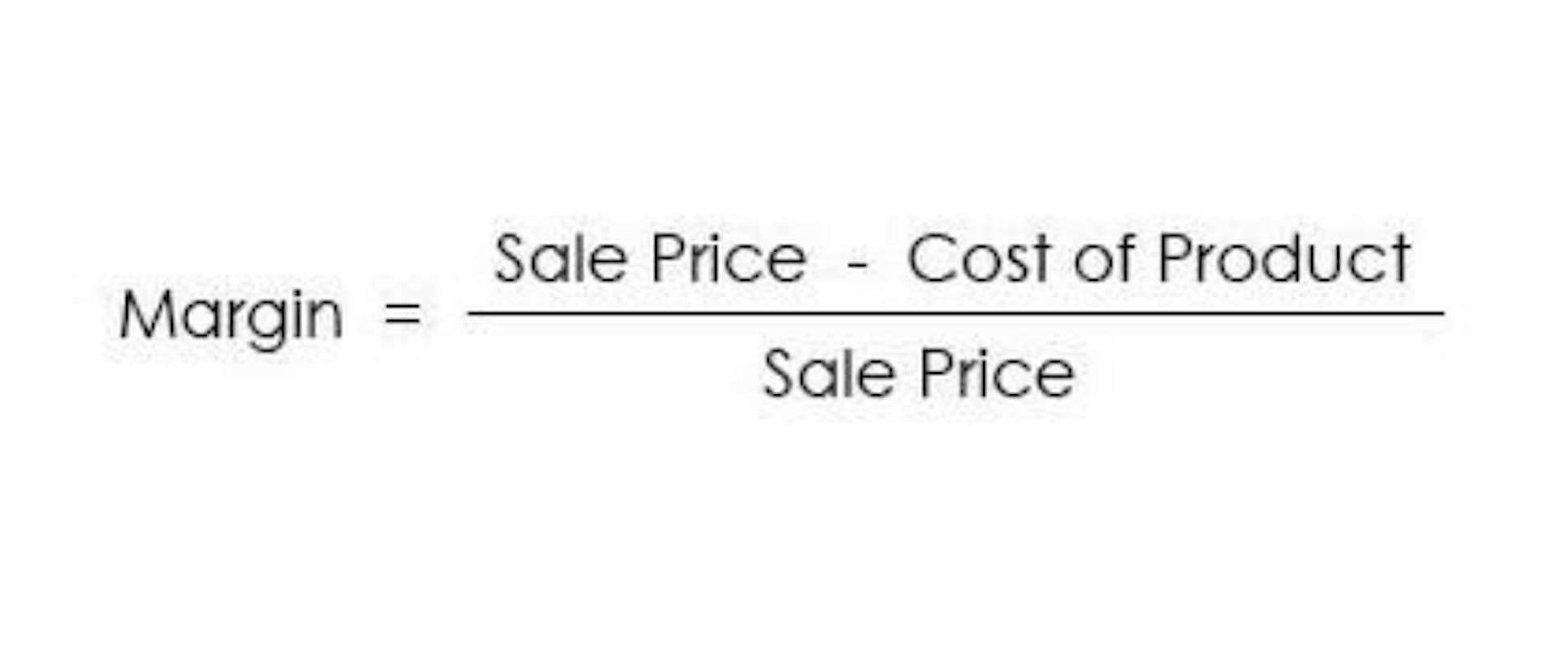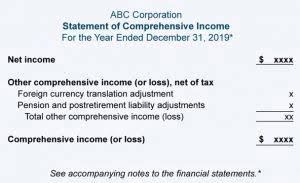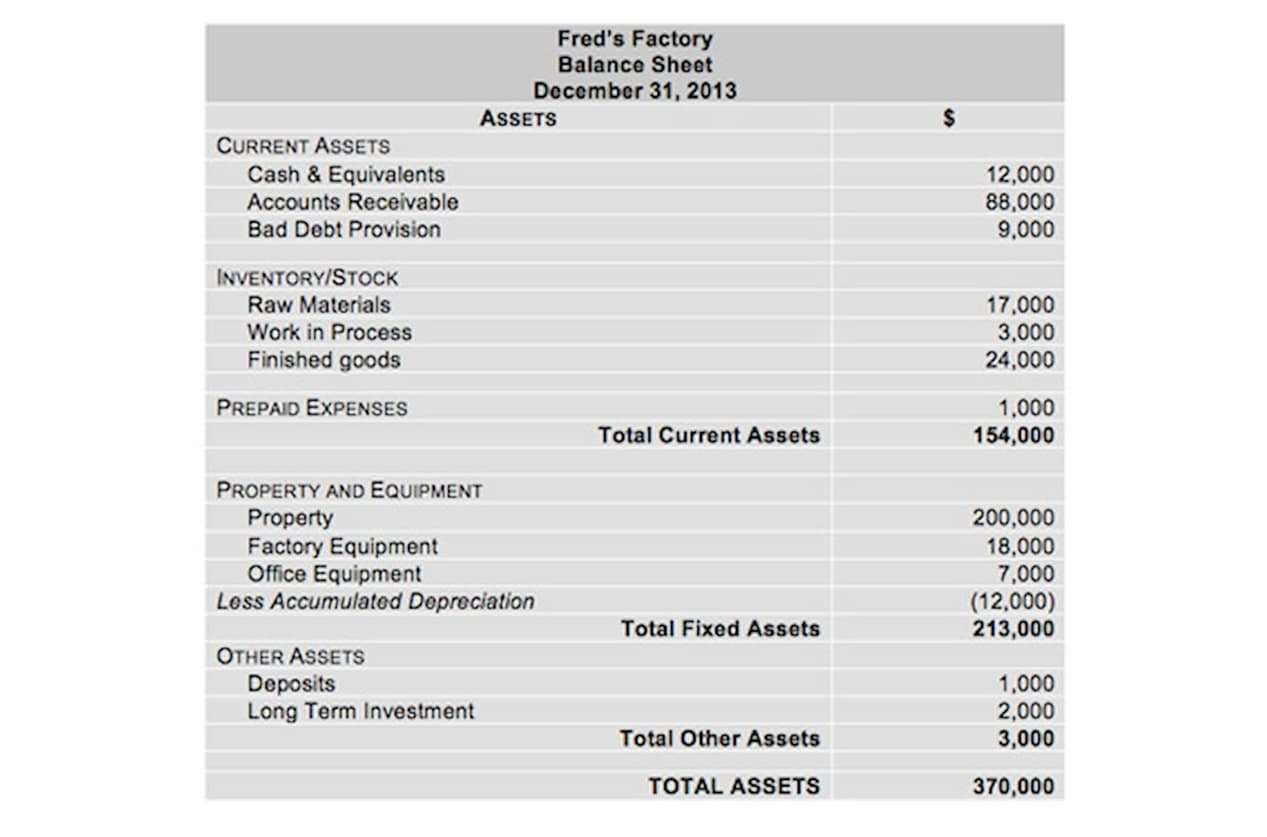
The main difference between these 2 statements is how they calculate operating cash flow. This statement will include information about the company’s operating, investing, and financing activities. The cash flow statement (CFS), along with the income statement and balance sheet, represent the three core financial statements. Net cash flow from operating activities is the net income of the company, adjusted to reflect the cash impact of operating activities. Positive net cash flow generally indicates adequate cash flow margins exist to provide continuity or ensure survival of the company. The magnitude of the net cash flow, if large, suggests a comfortable cash flow cushion, while a smaller net cash flow would signify an uneasy comfort cash flow zone.
Cash Flow Statement Indirect Method vs Cash Flow Statement Direct Method
- Despite the Sale increasing the Net Income figure, the Gain is not part of regular operations of the Business and therefore showing it as normal Cash Flow from Operations would be misleading.
- While the indirect method is widely preferred, the Financial Accounting Standards Board recommends the direct method for its transparency.
- It is simply a book entry and is therefore added back to find the net cash flow from operations – which would then total $600,000.
- If the three sections are added together, we arrive at the “Net Change in Cash” for the period.
- The content provided on accountingsuperpowers.com and accompanying courses is intended for educational and informational purposes only to help business owners understand general accounting issues.
- The indirect method for the preparation of the statement of cash flows involves the adjustment of net income with changes in balance sheet accounts to arrive at the amount of cash generated by operating activities.
In this method, you begin with the net income and adjust it to calculate the company’s operating cash flow. You can gather this information from the company’s balance sheet and income statement. Increases in net cash flow from investing usually arise from the sale of long-term assets. The cash impact is the cash proceeds received from the transaction, which is not the same amount as the gain or loss that is reported on the income statement. Gain or loss is computed by subtracting the asset’s net book value from the cash proceeds. Net book value is the asset’s original cost, less any related accumulated depreciation.
- Most companies use the accrual method of accounting, so the figures on the income statement and balance sheet will be consistent with this method.
- The final section of the statement reconciles the net change in cash flows of the three activities, with the opening and closing cash and cash equivalents balances taken from the balance sheet.
- Download the template, open it in Google Sheets, and follow our quick start guide to begin setting up your cash flow statement right away.
- It presents information about cash generated from operations and the effects of various changes in the balance sheet on a company’s cash position.
- Since expenses are lower using the cash basis, net income must be increased by $1,000.
- Use the generated cash flow statement to make informed decisions, whether it’s adjusting operational strategies or planning for future investments.
Part 2: Your Current Nest Egg

The indirect method of cash flow starts with the business’s net income (taken from an income statement) and then applies adjustments to capture only cash activity. It’s most commonly used by businesses using the accrual basis accounting method where their net income includes accounts payables and accounts receivables, transactions where cash hasn’t changed hands yet. We sum up the three sections of the cash flow statement to find the net cash increase or decrease for the given time period.
Current Operating Liability Decrease
Companies tend to prefer the indirect presentation to the direct method because the information needed to create this report is readily available in any accounting system. In fact, you don’t even need to go into the bookkeeping software to create this report. Let’s take a look at the format and how to prepare an indirect method cash flow statement. The formulas we’ve used in the indirect cash flow statement template does the rest. Under the indirect method, the figures required for the calculation are obtained from information in the company’s profit and loss account and balance sheet. Cash flow from operating activities will increase when prepaid expenses decrease.

Increases in current assets indicate a decrease in cash, because either (1) cash was paid to generate another current asset, such as inventory, or (2) revenue was accrued, but not yet collected, such as accounts receivable. In the first scenario, the use of cash to increase the current assets is not reflected in the net income reported on the income statement. In the second scenario, revenue is included in the net income on the income https://www.bookstime.com/ statement, but the cash has not been received by the end of the period. In both cases, current assets increased and net income was reported on the income statement greater than the actual net cash impact from the related operating activities. To reconcile net income to cash flow from operating activities, subtract increases in current assets. Under the direct method, actual cash flows are presented for items that affect cash flow.
Everything You Need To Master Financial Modeling
Figure 12.9 provides a summary of cash flows for operating activities, investing activities, and financing activities for Home Store, Inc., along with the resulting total decrease in cash of $98,000. The other option for completing a cash flow statement is the direct method, which involves listing actual cash inflows and outflows during the reporting period. The indirect method is more commonly employed, particularly among larger firms, due to its ease of use and direct connection to the balance sheet. Cash flows from operating activities is the money generated from your day-to-day operations. You start with your net income and adjust for all non-cash operating activities, such as depreciation, amortization, accounts receivables, accounts payable, and inventory. Cash inflows from operating activities are generated by sales of goods or services, the collection of accounts receivable, lawsuits settled or insurance claims paid.
- The operating activities section is the only difference between the direct and indirect methods.
- In the first instance, cash would have been expended to accomplish a decrease in liabilities arising from accrued expenses, yet these cash payments would not be reflected in the net income on the income statement.
- But there’s still benefit in using the indirect method regardless of your accounting method.
- Cash paid for interest charges and income taxes are calculated on the basis of an analysis of their respective liability accounts from the balance sheet and expense accounts from the income statement.
- To reconcile net income to cash flow from operating activities, add decreases in current assets.
- Net cash flow from operating activities is the net income of the company, adjusted to reflect the cash impact of operating activities.
Investing cash flow
From the balance sheet, you get adjustments for changes in accounts payable and accounts receivables, amounts received from financing or to pay down debts, and changes to working capital. Therefore, when calculating cash flow from operating activities, loss on sale of fixed assets should be added back and profit on sale of fixed assets should be deducted from net profit. If the starting point profit is above interest and tax in the income statement, then interest and cash flow indirect method format tax cash flows will need to be deducted if they are to be treated as operating cash flows. Clearly, the exact starting point for the reconciliation will determine the exact adjustments made to get down to an operating cash flow number. CapEx investments might mean purchases of new office equipment such as computers and printers for a growing number of employees, or the purchase of new land and a building to house business operations and logistics of the company.

Remember that the indirect method begins with a measure of profit, and some companies may have discretion regarding which profit metric to use. While many companies use net income, others may use operating profit/EBIT or earnings before tax. The issuance of debt is a cash inflow, because a company finds investors willing to act as lenders.
Step 1: Prepare the Operating Activities Section

